The 2025–2027 Defense Planning Document confirms Italy’s ambitious modernization, introducing new acquisitions while consolidating major programs.
The Italian Ministry of Defense has released the 2025–2027 Documento Programmatico Pluriennale (DPP), the annual multi-year planning document that outlines national defense investments and modernization priorities. The new edition details how Italy intends to enhance readiness, upgrade existing fleets, and invest in future technologies across all branches of the Armed Forces, reaching the NATO target of 2% of the GDP.
The DPP builds on the momentum of recent years, reaffirming long-term programs such as the Global Combat Air Programme (GCAP), Eurofighter Typhoon, the F-35 Joint Strike Fighter, and the renovation of the armored forces, while introducing new initiatives.
Among these is the acquisition of six unspecified Maritime Multi Mission Aircraft (M3A). This is a critical step toward restoring Italy’s long-range anti-submarine warfare (ASW) capability lost with the retirement of the Breguet Atlantic in 2017 and the replacement with the P-72.
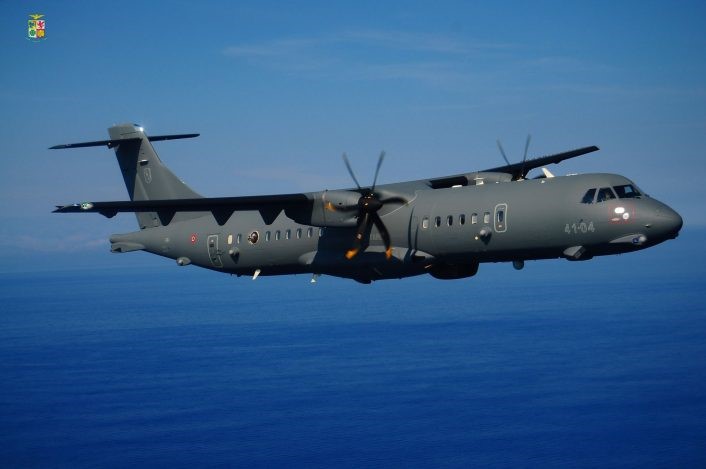
Additionally, new investments are being made for unmanned platforms. Notably, one of these programs involves the procurement of new armed drones for the Italian Air Force in the very short term.
Strategic and Geopolitical Context
As in previous editions, the DPP frames its defense planning within the concept of the “Extended Mediterranean” region, encompassing Europe’s southern flank, North Africa, the Sahel, and the Middle East. This area continues to be described as the epicenter of instability, influenced by the events in Ukraine, Gaza, and the Red Sea, with potential spillover effects on European and global security.
The document emphasizes that the war in Ukraine remains a turning point for European defense policy, reaffirming the need for readiness, ammunition stocks, and deterrence capabilities. The Middle East, with Iran’s growing involvement and attacks on maritime routes by Houthi forces, is cited as a direct challenge to global stability and energy security.
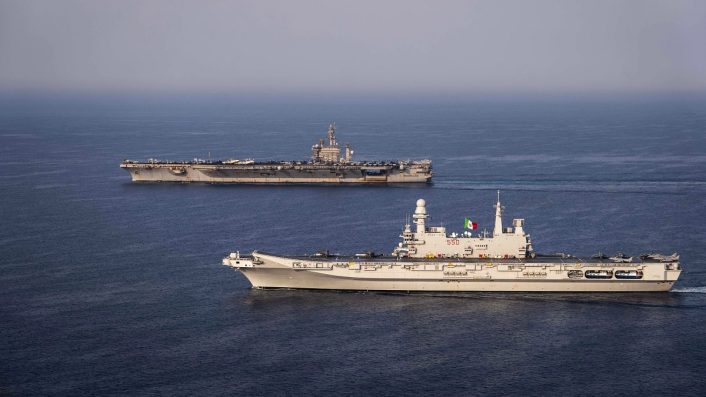

The MoD also points to the increasing relevance of the Indo-Pacific and the Arctic, which is reshaping the Euro-Atlantic security architecture. This is also expanding Italy’s strategic horizon, thus requiring new maritime and air capabilities for long-range surveillance and deterrence.
For Italy, the “Expanded Mediterranean” still remains a strategic priority, together with the need to be ready to operate across multiple domains — land, sea, air, space, and cyber.
Evolution of the Italian Military
The second section of the DPP details the transformation of the Italian Armed Forces to respond to the current strategic and geopolitical context and ensure readiness, technological superiority, and interoperability within allied frameworks. The overarching goal is a modern, balanced, and sustainable force structure, capable of responding to both high-intensity conflicts and hybrid threats.
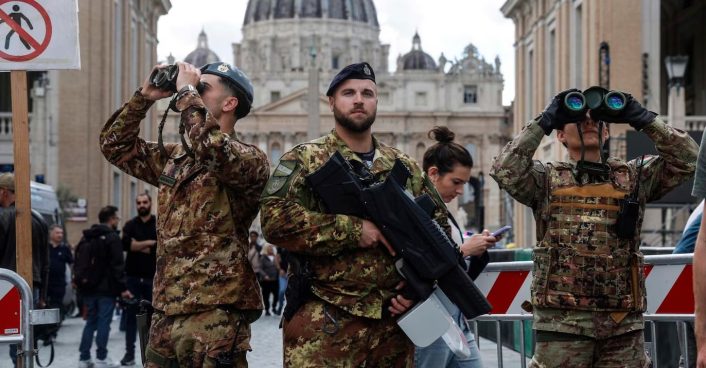

Among the key capability development areas are:
- Joint/Interforce domain: Strengthening command, control, communications, and cyber defense (C2/C4ISR); developing multi-domain operational capabilities.
- Land domain: Renewal of heavy, medium, and light combat vehicles; expanded use of drones at all echelons; modernization of artillery, logistics, and air-defense systems.
- Naval domain: Modernization of front-line units and submarines, enhancement of anti-submarine and anti-drone warfare capabilities, and integration of unmanned maritime systems.
- Aerospace domain: Renewal of aircraft fleets (including combat, transport, and rotorcraft); development of sixth-generation aircraft under the Global Combat Air Programme (GCAP); reinforcement of missile defense and space-based surveillance.
- Space and cyber domains: Expansion of Earth observation and secure communication satellite constellations; independent access to space; improved cyber resilience across defense networks.
- Weapons and munitions: Replenishment of national stockpiles, reflecting lessons from the Ukraine conflict.
Let’s now dissect the plans for each service.
Army Programs
The Italian Army continues the modernization process initiated in recent years, focusing on mobility, protection, and deep-strike capabilities. Among the main initiatives are the new Main Battle Tank and Army Armoured Combat System (A2CS), whose development continues with new €2 billion funding for a new generation of tanks and vehicles to replace aging platforms, integrating multi-domain connectivity.
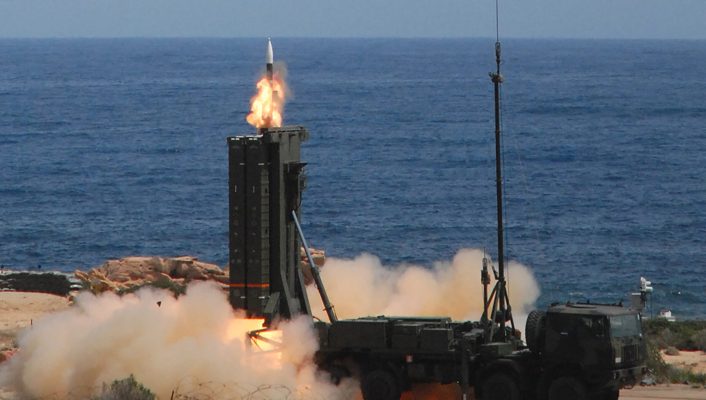

Artillery and long-range fires are also being looked at, as Italy is progressing with the acquisition of 21 M142 HIMARS launchers and the upgrade of the M270 MLRS to the A2 standard. These will be complemented by new 155 mm systems and loitering munitions for stand-off precision strike.
Air defenses will see an expansion of short- and medium-range systems, including additional Grifo SHORAD (short range air defense) units equipped with CAMM-ER (Common Antiair Modular Missile – Extended Range) and six new SAMP/T New Generation (NG) batteries.
The Army plans to acquire micro, mini, and light drones for ISR and support missions, including both fixed- and rotary-wing systems with high endurance and short, medium and long range. This is part of the larger plan to equip all echelons with unmanned assets to increase capabilities also in contested scenarios.
For the Army Aviation, the DPP includes continued support for NH-90, CH-47, and AH-129 fleets, alongside the ongoing development of the AH-249A NEES (New Exploration and Escort Helicopter). With the latest planning, Italy’s next-generation attack and reconnaissance helicopter received an additional € 1.35 billion funding.
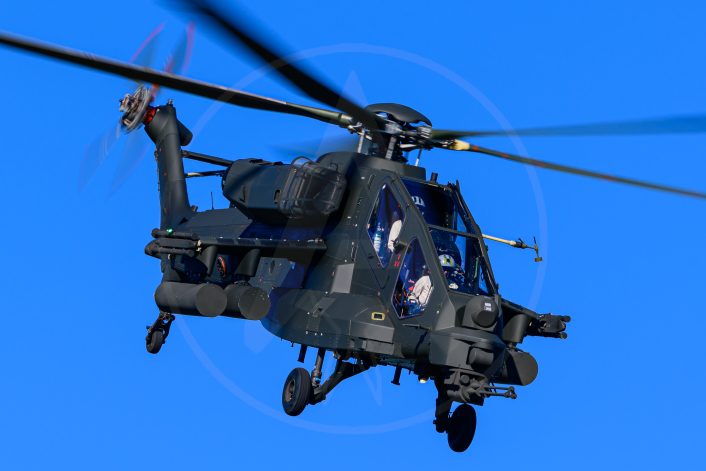

Navy Programs
The Italian Navy will also see notable developments, particularly in its aviation and surface combatant components. One of the most significant new entries in the DPP is the acquisition of six Maritime Multi Mission Aircraft (M3A), a joint program between the Air Force and Navy that will restore Italy’s long-range Anti-Submarine Warfare (ASW) capability.
This capability was lost with the retirement of the Breguet Atlantic in 2017. The new platform will complement the existing P-72A fleet, extending Italy’s maritime patrol coverage and providing a higher-end capability for undersea warfare and surveillance. Reports mention the Kawasaki P-1 is a favorite candidate.
For the surface fleet, construction continues on two new generation FREMM EVO frigates, new patrol and mine-countermeasure vessels, and logistics platforms. These will replace older vessels, including some that have been sold, and strengthen blue-water capabilities.
As mentioned in last year’s DPP, the Navy will receive five additional F-35B jets for the naval aviation as part of the new 25-aircraft order. This will bring the service’s fleet to 20 STOVL aircraft, which will be operated from the ITS Cavour carrier and ITS Trieste LHD.
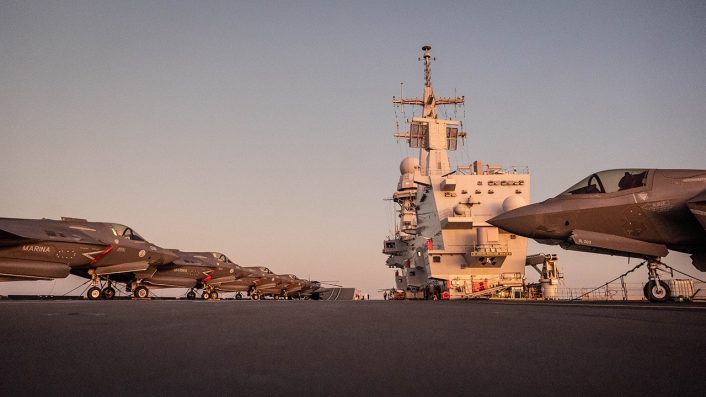

As for the ITS Trieste, the document confirms funding for the final integration works to enable full F-35B operations from the LHD. The goal is to create an alternate carrier capability when Cavour is unavailable.
Air Force Programs
The Italian Air Force maintains the central role in the national modernization strategy, with a broad range of programs confirmed or expanded.
The acquisition of the Gulfstream G550-based CAEW, JAMMS, and EA variants continues, providing a full Airborne Early Warning and Electronic Warfare suite with the P-MMMS (Piattaforma Multi-Missione, Multi- Sensore/Multi-Mission, Multi-Sensor Platform). As part of this program, Italy is procuring the EA-37B Compass Call and renewing the lease of the Spydr SIGINT aircraft until the new systems enter service.
Unmanned aerial systems are another big focus. The Air Force is proceeding with the MQ-9A Block 5 upgrade and the acquisition of additional airframes, as well as the participation in the EUROMALE program. Moreover, the service will procure in the very short term new Remotely Piloted Aircraft (RPA) with kinetic capabilities, to be used as capability enhancers to implement a new command and control architecture. Notably, an Italian delegation recently visited Baykar in Turkey.
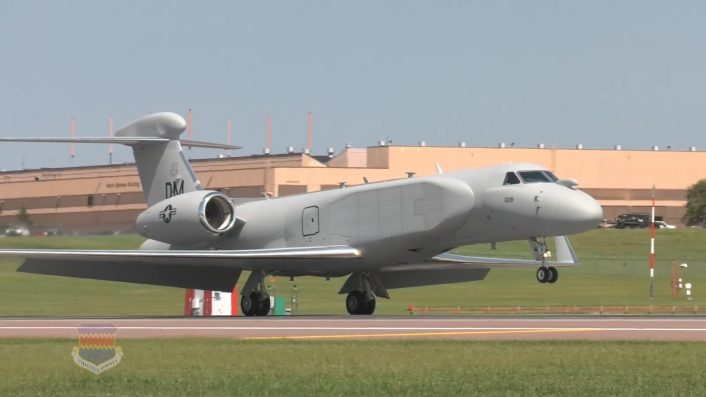

As mentioned earlier, the Air Force will also co-lead the acquisition of six M3A platforms with the Navy, strengthening maritime patrol and ASW capabilities that were lost after the Breguet Atlantic’s retirement.
The new DPP confirmed the procurement of the 24 new Eurofighter Typhoon Tranche 4 aircraft to replace the Tranche 1 fleet, which is set to be retired by 2029, alongside the new batch of 25 F-35s (15 F-35A and 10 F-35B), bringing the total planned fleet to 115 aircraft. Similarly, it confirmed the plan to acquire 20 new M-346 trainers, 15 of which will equip the Frecce Tricolori aerobatic team as replacements for the aging MB-339PAN, with five additional aircraft joining the International Flight Training School (IFTS) at Decimomannu Air Base.
The GCAP (Global Combat Air Programme) also sees a renewed funding, adding over €1 billion, for the development of the sixth-generation fighter and its ecosystem.
Similarly to the Army, air defenses assigned to the Air Force will see an expansion of short- and medium-range systems, including additional MAADS (Medium Advanced Air Defense System) units equipped with CAMM-ER (Common Antiair Modular Missile – Extended Range) and five new SAMP/T New Generation (NG) batteries.


